Van Vleuten's wishlist: Live broadcasting, bigger races and better salary
Top 3 key areas to improve women's cycling
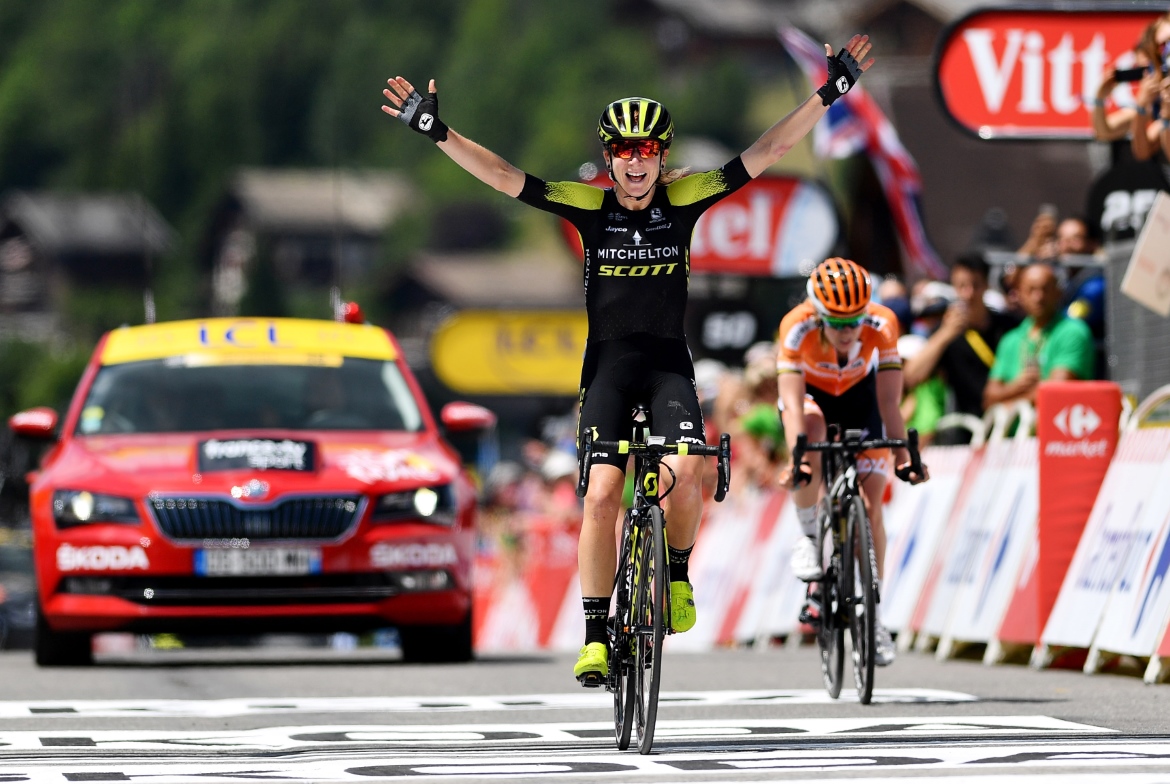
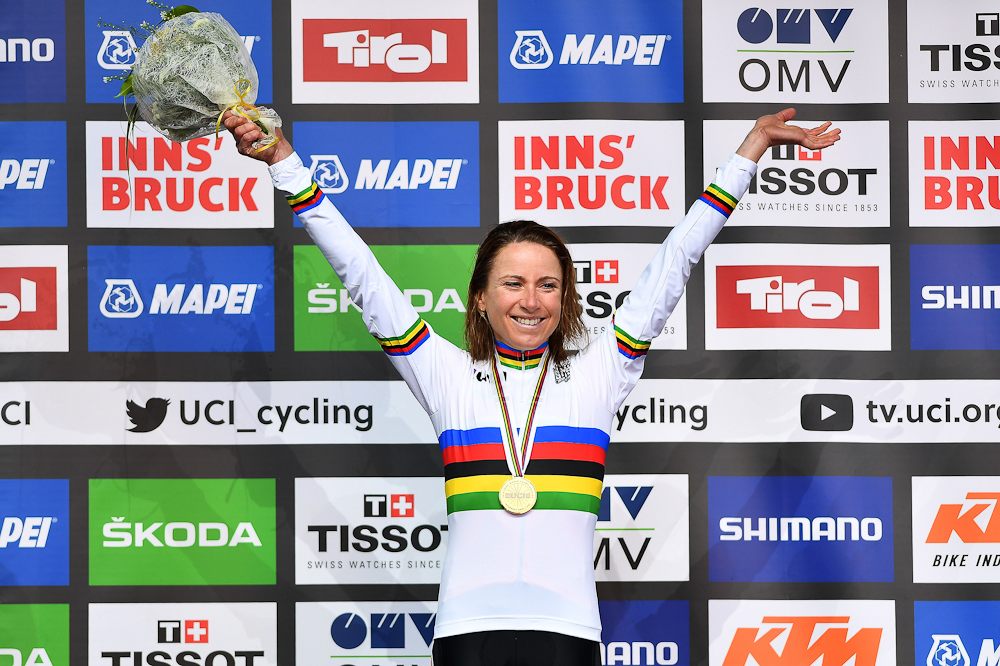
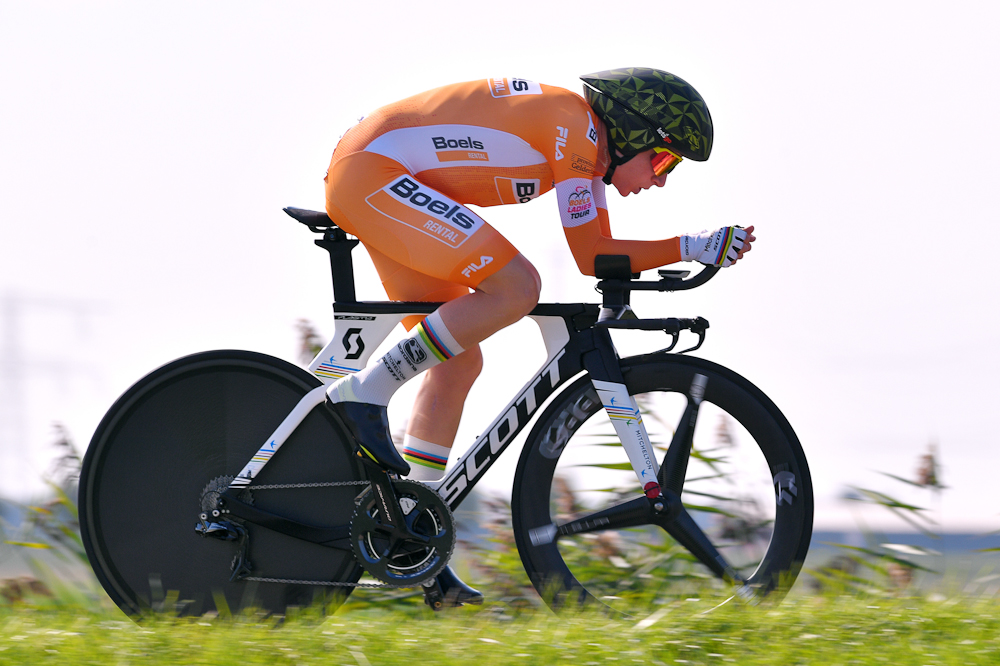
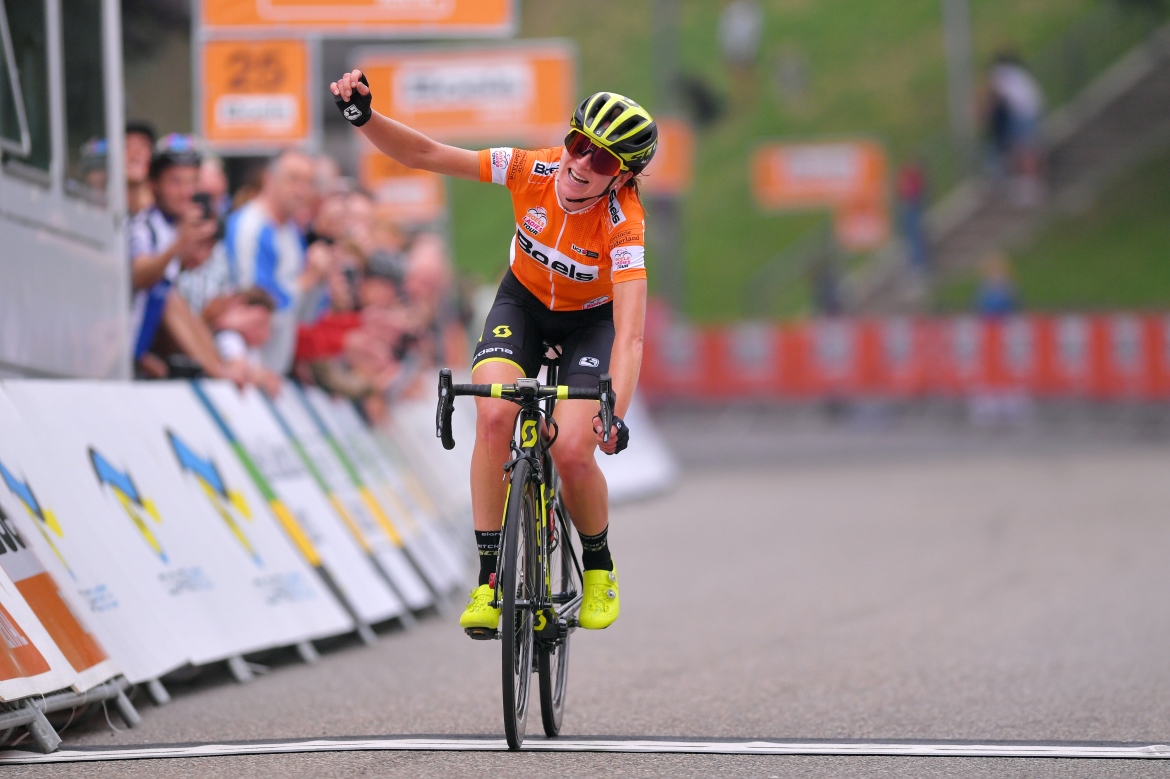
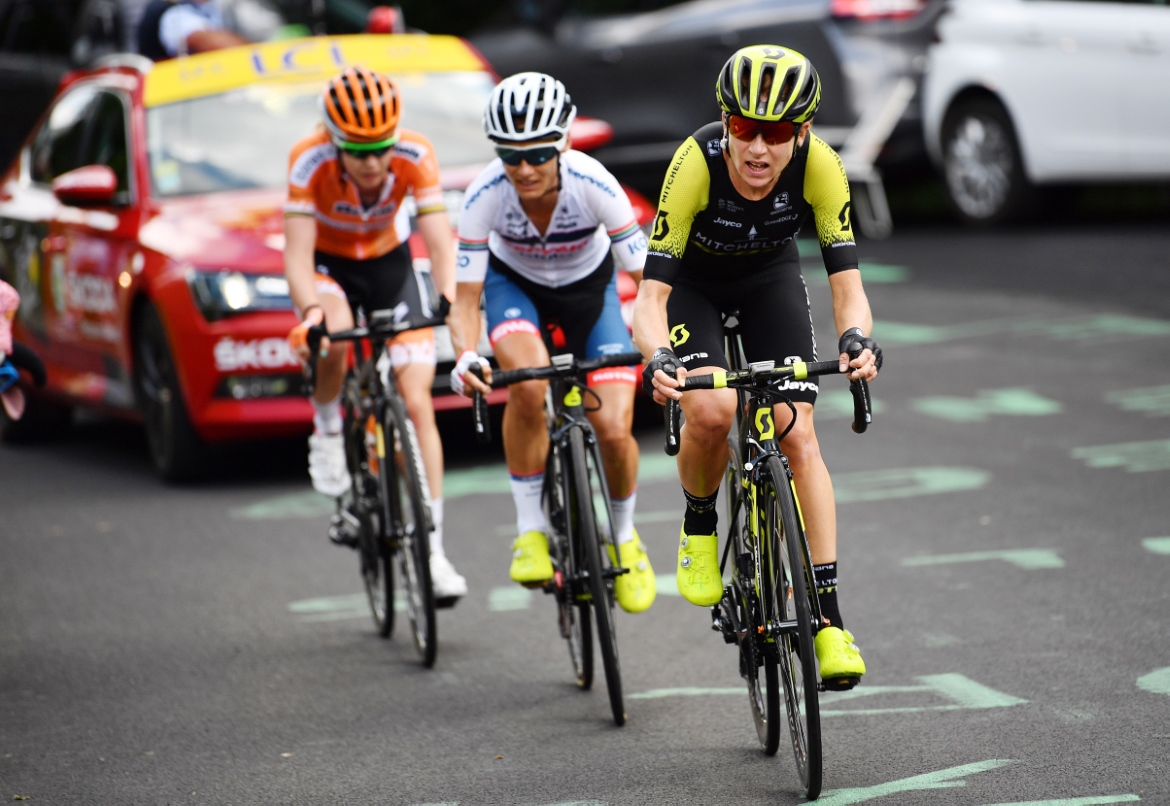
The progression of professional women’s cycling has been gaining traction, particularly after UCI President David Lappartient confirmed the introduction of a minimum salary for women that will be built into a new two-tier team system set to take effect in 2020.
UCI President Lappartient commits to gender equality in Agenda 2022
UCI confirms minimum salary for 'division 1' women's teams in 2020
UCI Women's WorldTeam minimum salary set for 2020
Exclusive: Women's minimum salary will equal men's Pro Continental level by 2023
Cordon-Ragot praises women's minimum salary as a big step forward
Annemiek van Vleuten, time trial world champion and Giro Rosa winner, agrees that women should be paid for their work. When it comes to building the stature of women's cycling, however, the issue of salary ranks third highest on her wishlist of areas that need improvement.
At the top of Van Vleuten's wishlist are the need for more exposure of women's races via live broadcasting and streaming, and the need for bigger and better races that are organised in conjunction with men's WorldTour events.
Van Vleuten does not want to paint a grim picture of women’s cycling because she believes the sport has grown in leaps and bounds since she first turned professional a decade ago. If the sport is going to continue to progress, however, Van Vleuten pointed to three key areas that could use a nudge in the right direction.
1 - Exposure: live streaming and TV time
The Giro Rosa is arguably the biggest stage race in the world for women. It will celebrate its 30th anniversary in 2019 and so holds historical value in women's cycling. Alongside Van Vleuten, the sport's most famous women have earned its overall title including Catherine Marsal, Fabiana Luperini, Nicole Cooke, Marianna Vos, Mara Abbott, Megan Guarnier and new road race world champion Anna van der Breggen. At 10 days long, it is currently, the longest stage race for women, arguably the most mountainous, and largely considered the only women's Grand Tour.
Unfortunately, the biggest stage race in the world for women is also the most difficult to follow because there is no live streaming. RAI Sport owns the television rights to the race, but because it overlaps with the Tour de France, only small clips are shown live on Italian television. This year, 60-minute replays were aired in the evenings, and the organisers do their best to provide post-event highlights and interviews to the press for publishing.
The interest in women’s cycling is already there, and it's growing, and so when the sport is shown live on TV or streamed online, people can watch and build enthusiasm. Without more consistent TV time and streaming of races, however, it's challenging for women's cycling and its stakeholders; sponsors, organisers, teams and riders, to gain the exposure they need to continue to build a following or to convey its value in the market.
Get The Leadout Newsletter
The latest race content, interviews, features, reviews and expert buying guides, direct to your inbox!
"We need more media and races that are broadcast live on television," Van Vleuten told Cyclingnews in an interview after her Giro Rosa victory. "If there is no television, at least live coverage on the internet. For example, the Giro Rosa was not live, there were recaps for one hour each evening, but such big stage races should be live.
"People have to be able to see the races. We need more television time and even split screens. Creating more interest is a great way to develop the sport more, and generate more money for women's cycling."
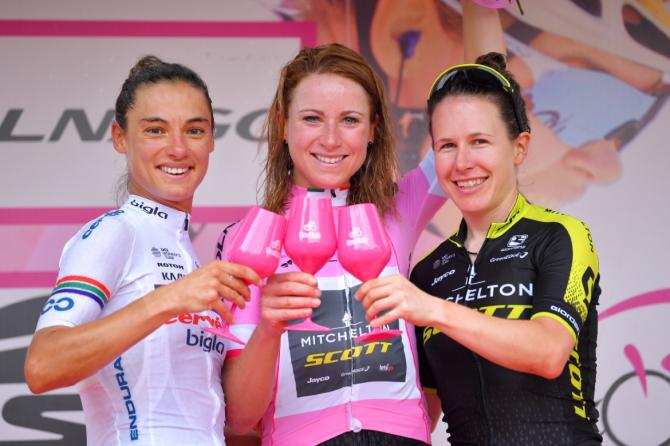
Annemiek van Vleuten on the podium after winning the Giro Rosa title
The good news is that more and more organisers are getting onboard with providing live broadcasting and streaming options for their women's events, which has built better engagement with fans. This year, races such as Trofeo Alfredo Binda, Strade Bianche, Tour of Flanders, Tour de Yorkshire and La Course were all live, among others.
Lappartient told Cyclingnews in June that the improvement of coverage and exposure are major development areas for the UCI Women’s WorldTour, and that their figures are constantly progressing.
"Since [Women’s WorldTour] creation in 2016, the series has seen its audio-visual coverage develop considerably. The number of the series' television viewers increased from 80 million for the 2016 season to 124 million in 2017 (+55%),” Lappartient said at the halfway point of the 2018 Women’s WorldTour in June. "The number of broadcast hours more than doubled to reach 650 hours, compared to 310 hours the previous year."
Mid-season, he said the audience perspectives for 2018 were encouraging because 15 events (of the 23 Women's WorldTour events) had committed to live broadcasting, compared with 11 in 2016.
“Events such as Trofeo Alfredo Binda, Gent-Wevelgem in Flanders Fields or the Giro d'Italia Internazionale Femminile are covered live (live delayed for the Giro)," he said. "Organisers are required to ensure the race is broadcast either live, by live streaming or through extracts provided to free channels."
Still, there were many races on the Women's WorldTour that were not live broadcast, a gap that the UCI hopes will close by working with event promoters in the future.
2 – Women's races aligned in conjunction with the men's WorldTour
Van Vleuten said that women's professional cycling could greatly benefit from having more events that are held in conjunction with men's WorldTour races, without organisers being forced to do so, but rather because they see value in women's cycling.
She suggested one-day races like Paris-Roubaix and stage races such as the Critérium du Dauphiné or Tirreno-Adriatico as events that could potentially host parcours for the top-level women's peloton.
"More WorldTour men's races should be organising races for women," Van Vleuten said. "That would also help to generate more money. It should be encouraged because I think that would generate more interest and development in the women's side of the sport."
Lappartient suggested that the ASO is working on adding a women's Paris-Roubaix to the calendar as soon as 2020. He also noted that he was encouraging ASO to host a 10-day Tour de France for women.
ASO has frequently been criticised for only hosting a one-day race for women – La Course, that Van Vleuten also won - alongside its Tour de France. This year's race was televised and regarded as one of the best women's races of the season, primarily because of its mountainous route and the nail-biting showdown between Van Vleuten and runner-up van der Breggen.
"Race organisers should be happy to organise something for women; because they love it and because people like to watch it and because it adds value to their race," Van Vleuten said. "La Course, for example, a lot of people enjoyed it because it was live on television. So, there is some good stuff going on, and the professionalism is improving every year."
The Ardennes Classics events have proven to be on board with women's cycling with the return of their triple crown to the 2018 Women's WorldTour for a second season. In 2017, Amstel Gold Race made its return after a 14-year hiatus, followed by the long-running La Flèche Wallonne and the debut of Liège-Bastogne-Liège.
"Amstel Gold Race is really adding something, and that makes me really proud," Van Vleuten added. "We have one-day races that are organised on the same day as the men, now. Maybe the next step is to have some of the shorter stage races also organised for women at the same time."
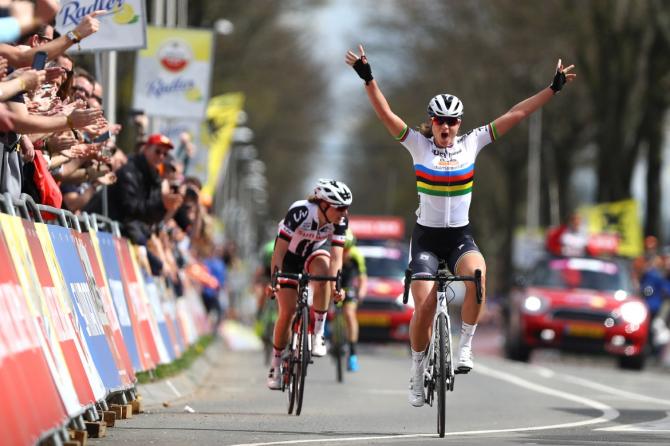
Chantal Blaak wins the Amstel Gold Race
Van Vleuten believes that adding more world-class week-long stage races to the calendar could also act as a stepping stones to a future Grand Tour.
"Physically, yes we can race 21 days and the same distances, but whether or not we are ready for that – I don't know," Van Vleuten said. "I think we can do three weeks of racing, no problem, the women are strong. Perhaps the level of women's racing is not yet at the point where you could have 200 women racing for three weeks.
"It's high on my wishlist to first have bigger stage races for women, such as the Critérium du Dauphiné, Tour de Suisse or Tirreno-Adriatico, those kinds of races.
"It would be a very good step to have stage races that are a bit shorter - a week - at the same time as the men. That would be a really good step, to see how that goes."
3 - Salary
The subject of salary was the third item on Van Vleuten's wishlist, and she hopes to see all her colleagues in the peloton being paid for the work they do.
"There needs to be more salary for women," Van Vleuten said. "I want it so that all of the women in the peloton are paid, so that they don't have to work outside of racing, they race full-time. That will improve the level of racing. More women will train full-time without having to study or work."
Lappartient confirmed to Cyclingnews in June that the UCI would introduce a minimum salary for the top-tier [Women's WorldTeams] of a new two-tier system in 2020.
At the UCI Road World Championships in Innsbruck, Lappartient said that the minimum salary would be equal to that of the men's Professional Continental teams – currently set at just above €30,000, but that it would be introduced slowly over a three-year period starting in 2020.
The UCI also aim to have five teams form part of the top tier, with a goal of 15 teams by 2022 (five per year). Only Women's WorldTeams, however, would be required to pay their riders the minimum salary. The second tier of Continental Teams would not have a salary requirement.
In a podcast interview with Cyclingnews, Lappartient said he was afraid to learn via a survey about women's cycling that two-thirds of women earned less than €10,000 per year.
Prize money not a priority
Van Vleuten told Cyclingnews that a priority should be placed on salary and not on increasing prize money in women's cycling, and that the issue of prize money ranked much further down in terms of importance.
Van Vleuten and her Mitchelton-Scott team had a highly successful Giro Rosa. After ten days of racing, she won the overall title and three stages, the points jersey, while her teammate Amanda Spratt won a stage, the mountain jersey and finished third overall. In a post on Twitter, Van Vleuten revealed she earned €557.30 after the total winnings of the team were split between 10 riders.
She reiterated that she doesn't think prize money should not be a motivating factor to perform in sport, and that "sport equals passion", but noted that if there is prize money, it should be more equal in comparison to the men's fields.
The UCI currently enforces a minimum prize money schedule and plans to increase the minimum by 10 per cent each year. There are some races, however, that choose to go beyond the minimum amount such as OVO Energy Women's Tour (total fund of €90,000), RideLondon Classique (total fund of £100,000). Van Vleuten praised organisers who decide on their own to pay higher prize money than the minimum that is required by the UCI.
"I was debating to put out a tweet about [prize money] because I don't like the discussion about prize money in sport, in terms of equality," Van Vleuten told Cyclingnews. "But I also didn't want people to think I earned a lot of prize money after winning the Giro Rosa. I wanted to just give a little bit of inside information, that we do this for passion, not about the money.
"It doesn't feel right, if we have prize money it should be the same as the men. But if it meant that the Giro Rosa could no longer organise the Giro Rosa, that's not good either.
"It's awesome that there are organisers who say, 'hey, we are going to pay the women more prize money', not because they have to, but because they want to, and they see the value of having the women's race. We should encourage organisers to pay more, if they can, and some realise on their own to pay more when they have extra sponsors."
Van Vleuten reiterated her belief that the most important steps in improving and building the level of women's cycling are to gain more exposure through live broadcasting, to add bigger world-class races along side the men's WorldTour events, and for teams to pay riders a salary for their work.
"I think that it's way more important to have television time," Van Vleuten said. "And then to get the races of the men also organised for the women. Those two things might help organisers gain more funding. The first step should not be increased prize money for the development of women's cycling."
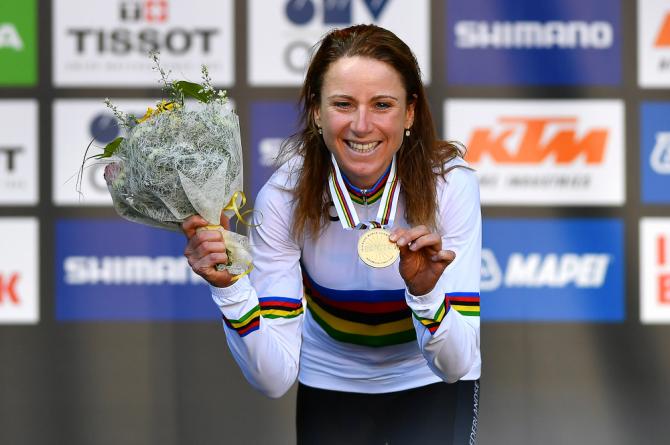
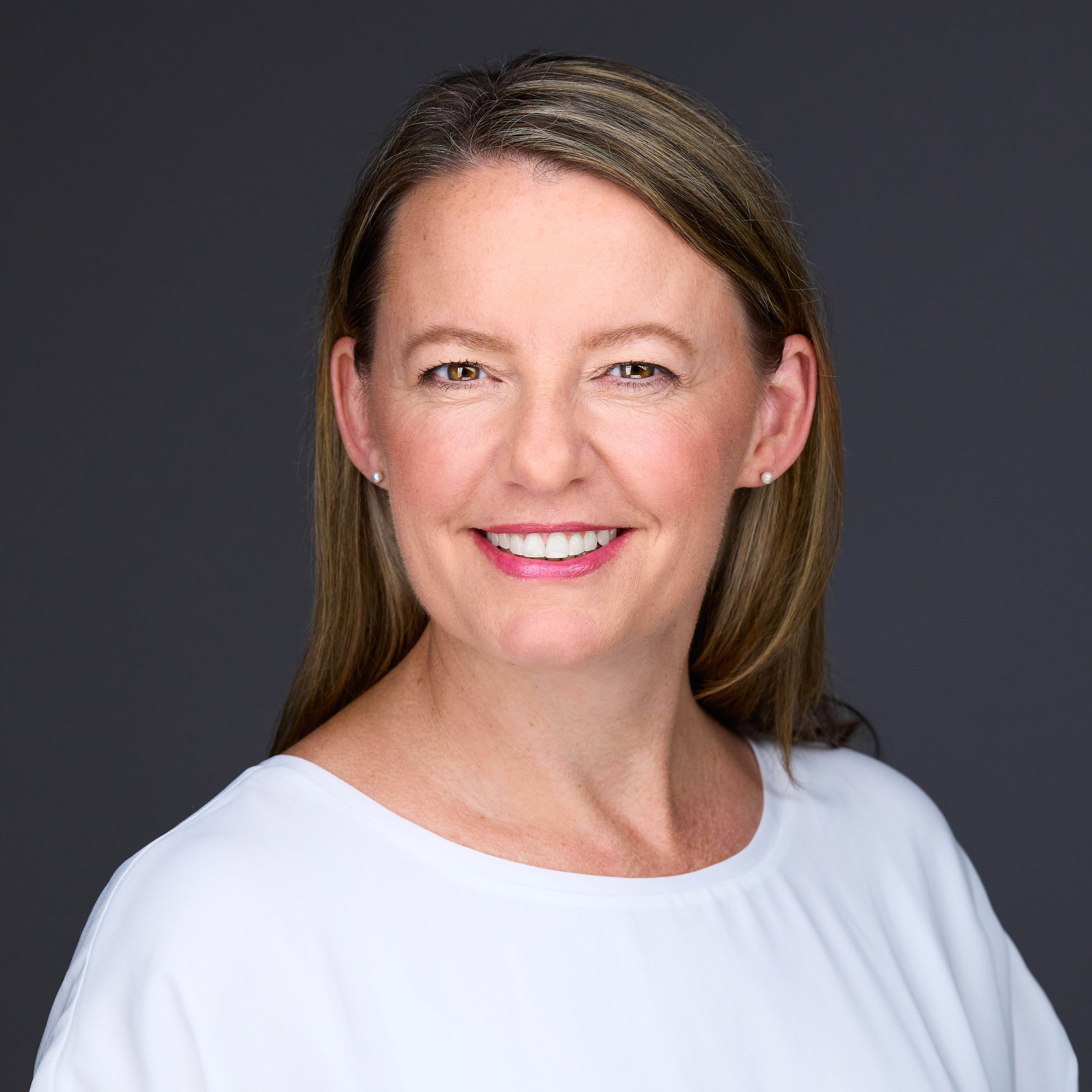
Kirsten Frattini is the Deputy Editor of Cyclingnews, overseeing the global racing content plan.
Kirsten has a background in Kinesiology and Health Science. She has been involved in cycling from the community and grassroots level to professional cycling's biggest races, reporting on the WorldTour, Spring Classics, Tours de France, World Championships and Olympic Games.
She began her sports journalism career with Cyclingnews as a North American Correspondent in 2006. In 2018, Kirsten became Women's Editor – overseeing the content strategy, race coverage and growth of women's professional cycling – before becoming Deputy Editor in 2023.